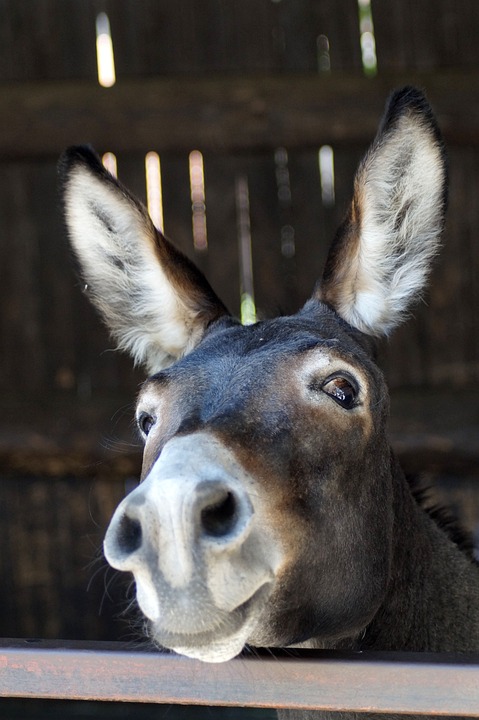Properly Cleaning and Maintaining Your Dog’s Water and Food Bowls
As a responsible pet owner, it’s crucial to ensure that your furry friend’s water and food bowls are kept clean and well-maintained. Regular cleaning not only promotes your dog’s health and hygiene but also prevents the growth of harmful bacteria. In this article, we will discuss the importance of cleaning your dog’s bowls, provide step-by-step instructions on how to properly clean them, and address some frequently asked questions regarding this topic.
Why is it important to clean your dog’s bowls?
Keeping your dog’s water and food bowls clean is essential for several reasons:
1. Preventing bacterial growth: Over time, organic matter such as food particles, saliva, and bacteria can accumulate on the bowls’ surfaces, creating an ideal breeding ground for harmful microorganisms. Regular cleaning helps eliminate these bacteria, reducing the risk of your dog developing infections or other health issues.
2. Maintaining proper hygiene: Just like humans, dogs deserve clean dishes to eat and drink from. Unclean bowls can harbor dirt, debris, and unpleasant odors, which may deter your pet from consuming enough water or food. By regularly cleaning the bowls, you ensure your dog’s mealtime is pleasant and enjoyable.
3. Avoiding cross-contamination: If your dog’s food and water bowls are not cleaned properly, residue from old food or contaminated water can mix with fresh food or water, potentially causing digestive problems or infections. Regular cleaning reduces the chances of cross-contamination and keeps your dog’s meals safe and healthy.
Step-by-Step Guide to Cleaning Your Dog’s Bowls
Follow these simple steps to ensure your dog’s bowls are cleaned thoroughly and effectively:
1. Gather the necessary supplies: Before you begin cleaning, gather the following items: dish soap, a sponge or dishcloth, a scrub brush, and hot water.
2. Empty any leftover food or water: Start by emptying any leftover food or water from the bowls into the sink or trash.
3. Pre-rinse the bowls: Rinse the bowls with warm water to remove any loose food particles or debris. This step makes the cleaning process easier.
4. Apply dish soap: Apply a small amount of dish soap to the sponge, dishcloth, or scrub brush. Ensure you use a gentle, pet-safe dish soap to avoid any potential harm to your dog.
5. Scrub the bowls: Thoroughly scrub the bowls, paying close attention to any stubborn stains or residue. Use circular motions and apply gentle pressure to remove all traces of dirt and bacteria.
6. Rinse thoroughly: Rinse the bowls under hot running water to remove all soap residue. Ensure there are no soapy or slippery areas left behind.
7. Air dry or towel dry: Allow the bowls to air dry completely or use a clean towel to dry them thoroughly before refilling.
8. Clean the surrounding area: While you’re at it, wipe down the surrounding area where the bowls are placed. This helps maintain overall cleanliness and prevents any potential contamination.
FAQs about Cleaning and Maintaining Dog Bowls
Q1: How often should I clean my dog’s water and food bowls?
A1: Ideally, you should clean your dog’s bowls every day. However, at a minimum, they should be cleaned thoroughly at least once a week.
Q2: Can I clean my dog’s bowls in the dishwasher?
A2: Yes, if your dog’s bowls are dishwasher-safe, you can clean them in the dishwasher. Make sure to place them on the top rack and use a pet-safe detergent.
Q3: Are stainless steel bowls better than plastic bowls?
A3: Stainless steel bowls are generally recommended over plastic bowls. They are easier to clean, less likely to harbor bacteria, and more durable. Plastic bowls can develop scratches over time, which can trap bacteria and be harder to sanitize.
Q4: Can I use bleach to clean my dog’s bowls?
A4: It is best to avoid using bleach or harsh chemicals to clean your dog’s bowls, as they can be harmful if not rinsed off properly. Stick to pet-safe dish soaps or natural cleaning solutions.
By following these cleaning guidelines and maintaining a regular cleaning routine, you can ensure that your dog’s water and food bowls remain a safe and healthy part of their daily life. Remember, a clean bowl means a happy and healthy dog!
*Disclaimer: It’s always recommended to consult with your veterinarian for specific advice regarding your dog’s diet and care.*









